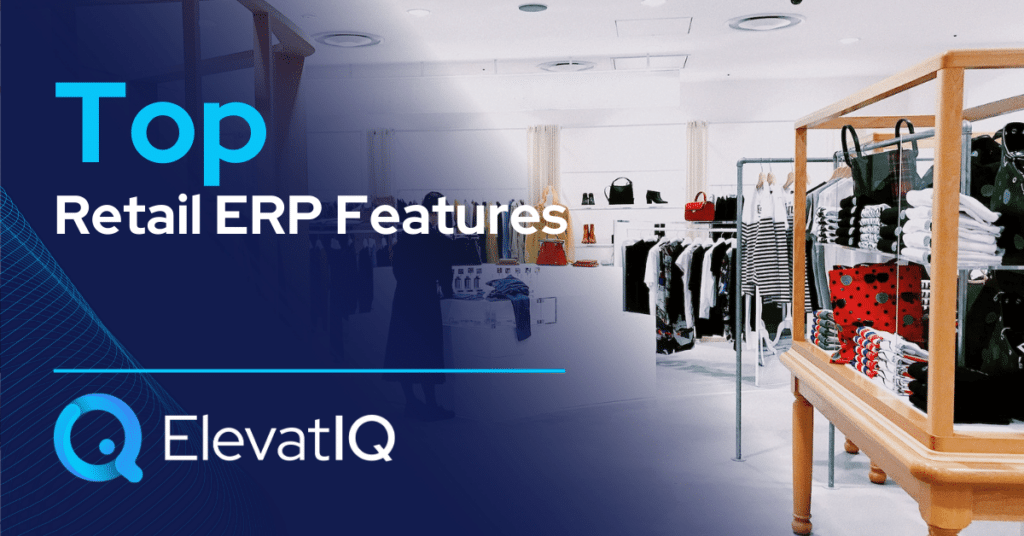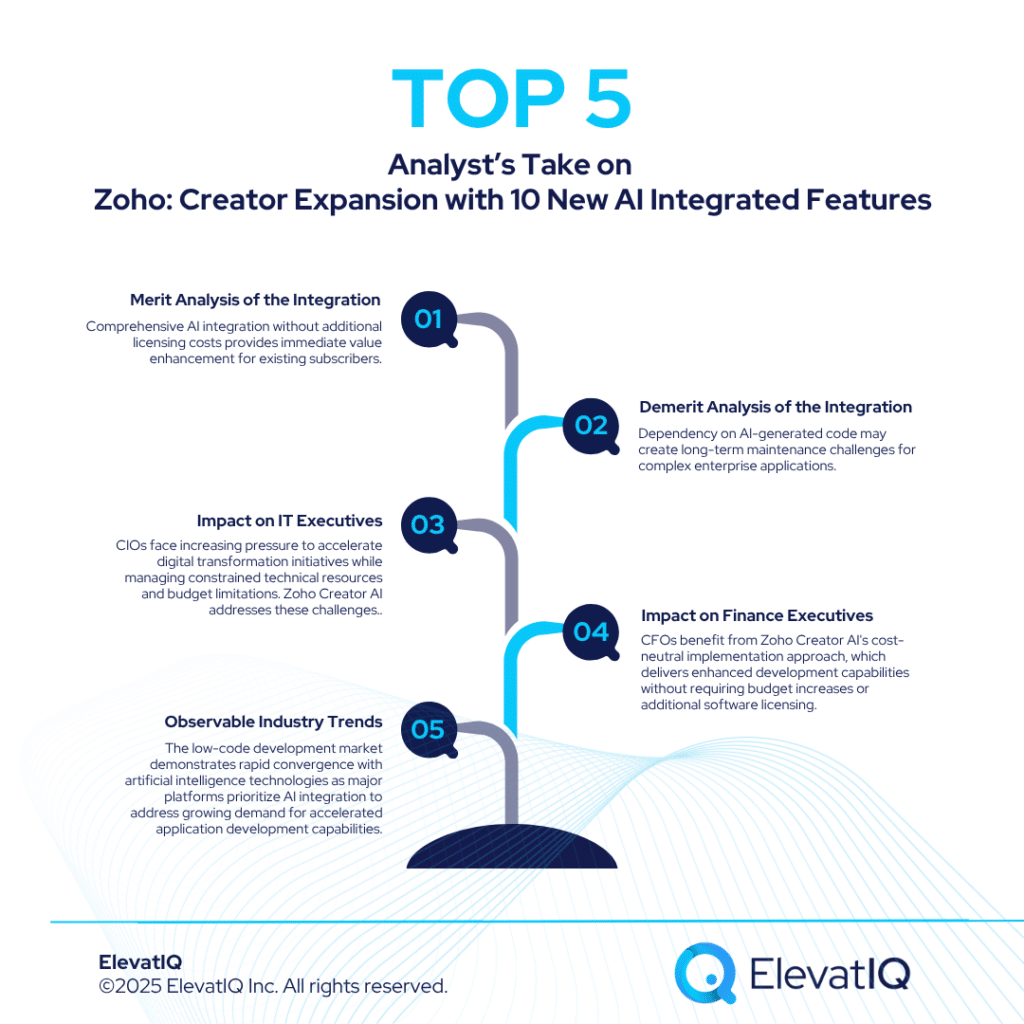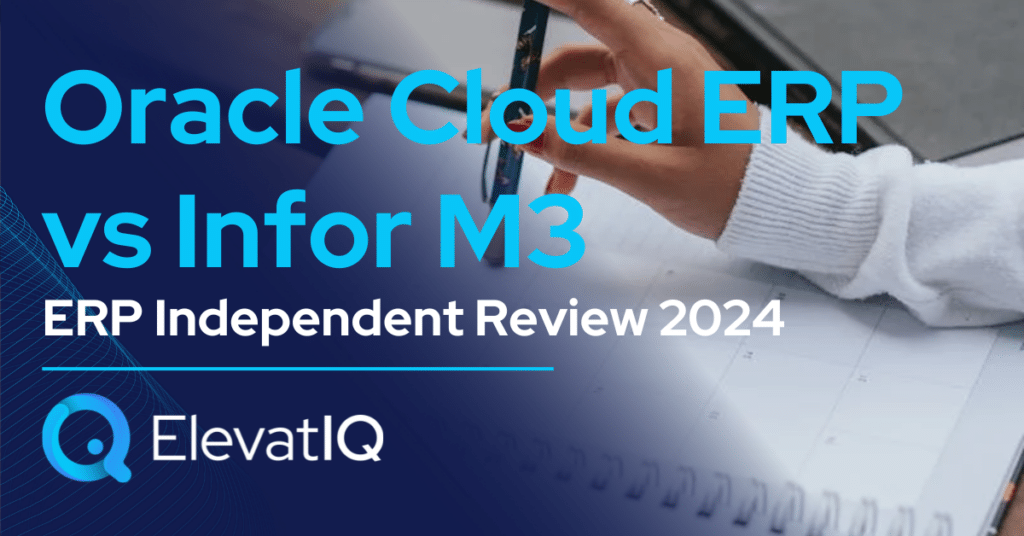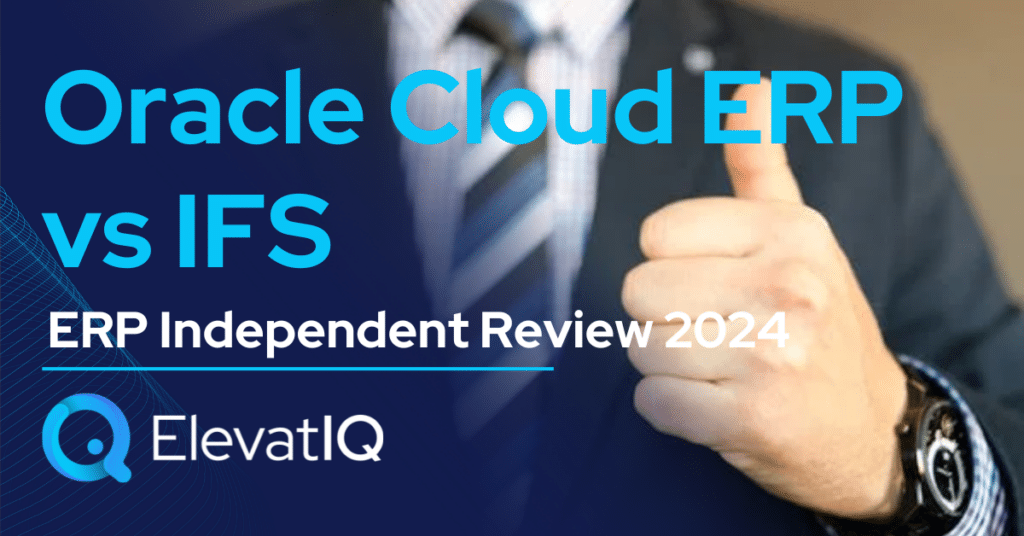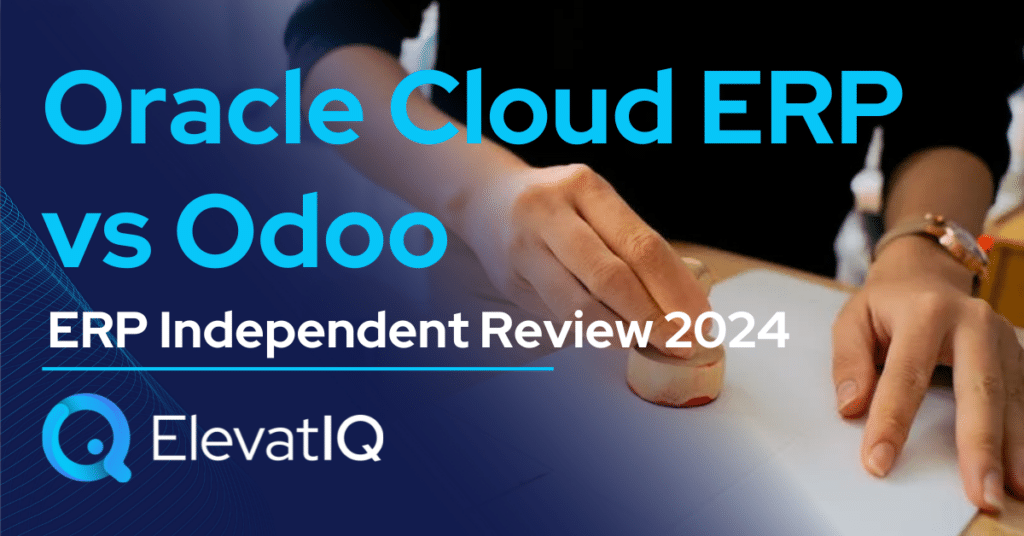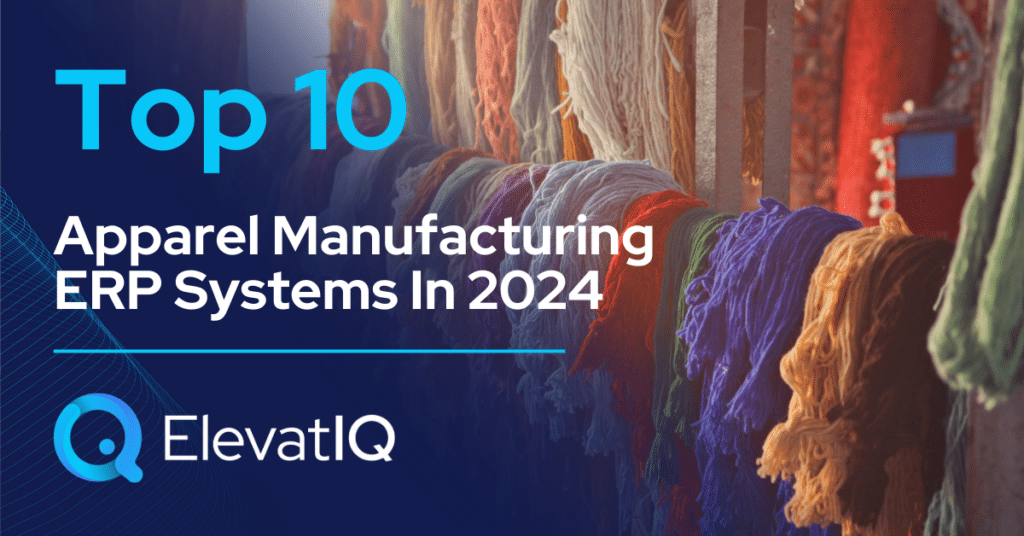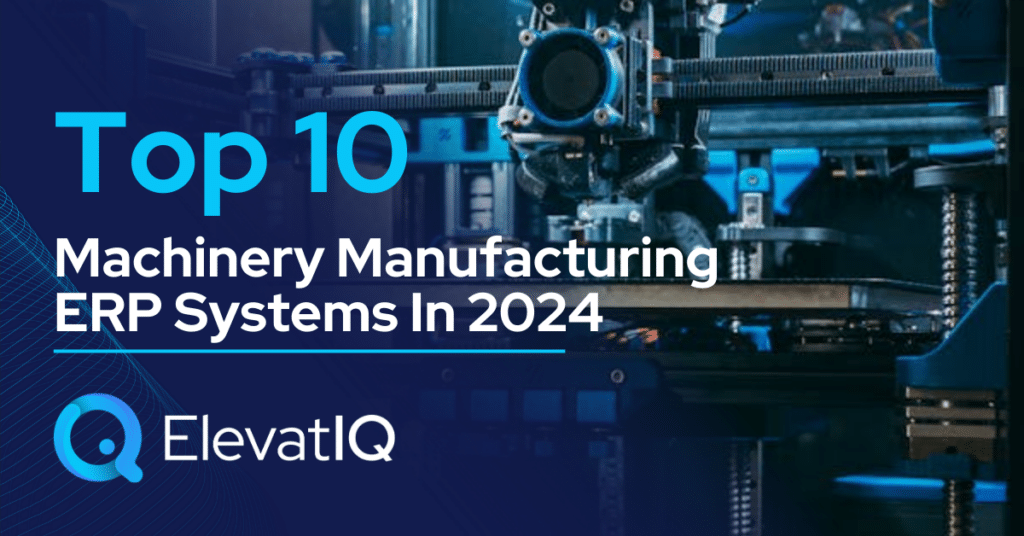Last Updated on March 10, 2025 by Sam Gupta
If you are a retailer or an e-tailer (commonly known as an e-commerce company), customer experience must be your top priority. Your website or the e-commerce portal is obviously the first touch for your customers. And you may have invested tons of time thinking and executing ideas so that your consumers feel welcome when they first interact with your company. But is ERP equally important for your customer experience? And if so, what are the most critical retail ERP features?
Yes, ERP is equally critical to enabling the customer experience. The success of your ERP implementation will set the tone for the kind of experience provided for your customers. The very first task would be to research the features needed, followed by crafting a plan aligned with the envisioned future state of your operational processes. Defining how that would impact your business’s customer experience would be the next step. While you may want to get inspired by other retail businesses (and their experience with an ERP), identifying your unique processes is not optional, ensuring that the selected ERP solution supports them.

ERP Features for Retailers
The majority of ERP solutions available in the market would support the most common out-of-the-box features required by retail companies. They are listed below for your reference:
Finance
- Accounts Receivable (AR)
- Accounts Payable (AP)
- General Ledger (GL)
- Cash Management
- Currency Management
- Multi-entity Accounting (If you have more than one location or entities)
- Tax Management
- Financial Reporting
Inventory
- Inventory Management
- Warehouse Management
- Barcode Reading Capabilities
- Cycle and Physical Counting
Order Management
- Sales Order Processing
- Purchase Order Processing
- Purchase Approvals
- Customer and Vendor Management
- Pricing and Discount Management
- Discount Approvals and Sales Commission
- Coupons, Promotions, and Loyalty Management
- Customer and Vendor Contracts
- Customer Notifications
- Order and Payment Status Portal
- Return Management
- Customer Service Portal
Integrations
- E-commerce integration (if you sell over the web)
- POS integration (if you have a physical outlet)
- Marketing Automation Platform Integration
- CRM Integration
Critical Success Factors
Awareness of these standard features would help you identify the unique features, which typically are more important for your implementation, as well as prioritize your requirements so you have sufficient time to explore the features that matter most.
These unique features collectively are also called industry-specific features, which, as well as integration and ecosystem for your specific micro-industry, is what differentiates ERP products.
The standard features are what forms the foundation of your selection criteria as well as priorities.
Unless you have a very large IT team as well as a budget, which is generally uncommon for SME retailers, your least risky option would be to find an ERP product designed for retailers. Otherwise, you might not only fail to achieve your customer experience goals but also end up wasting your time and money.
We recommend the 80-20 rule. 80% of the time on the business-specific features while 20% on the core ERP features.
The standard features form the foundation of your selection criteria (as well as priorities). However, once your executive team is aligned on the core features, you should be spending the most time discussing the unique features during your evaluation process. We recommend the 80-20 rule. 80% of the time is spent on the business-specific features, while 20% is spent on the core ERP features.

Conclusion
If you have negligible experience implementing an ERP, the evaluation process could feel overwhelming due to the steep learning curve, as well as because these purchases are expensive and risky. One way to ease the transition would be to understand how to prioritize and where to focus. Awareness of standard features is the first step of your ERP implementation journey.



